Australia So Much to See


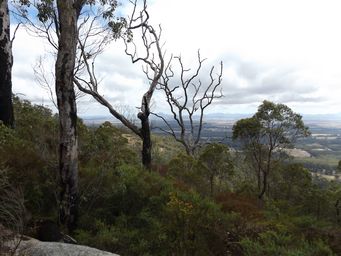
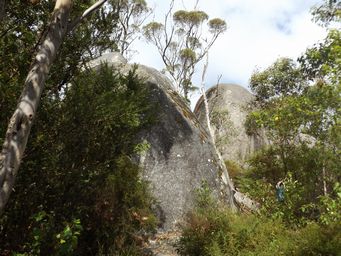
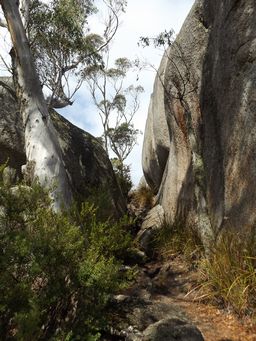
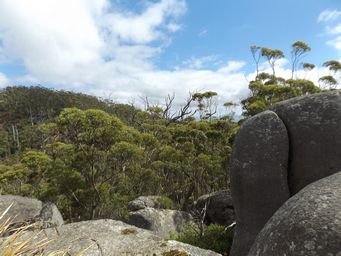
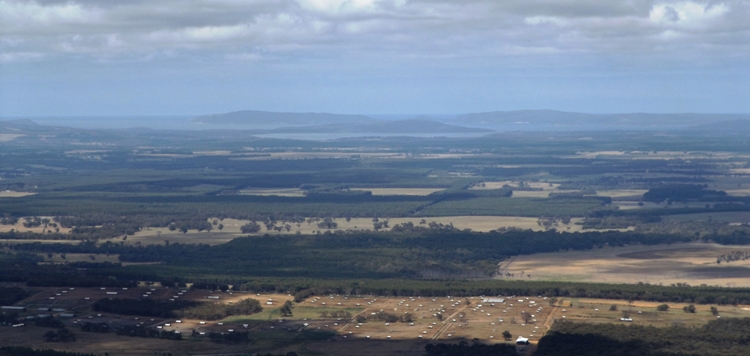
Castle Rock – A high point in the Porongurup National Park
The Porongurup National Park is a small rocky range which features a pocket of Karri trees, far from the main Karri forest belt which
stretches from Nannup and Manjimup in the north west, down to Walpole and Denmark in the south east. Karri trees also occur
on Mount Manypeaks to the south east.
One of the early popular walks in the Porongurup Range is Nancy’s Peak,
which passes the “Tree in Rock” where a Karri tree appears to be sitting on a rock, while its roots have penetrated through fissures
in the rock to survive and grow over many years. I had climbed Nancy’s Peak before. Devil’s Slide which climbs to the
highest peak of the range, and other listed walk trails were not taken.
This time we were destined to the dizzy climb to the top of Castle Rock, which has sheer drops on all sides. The viewing platform clings around the edge of the rock, with a massive drop beneath you.
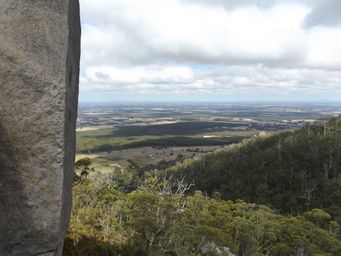
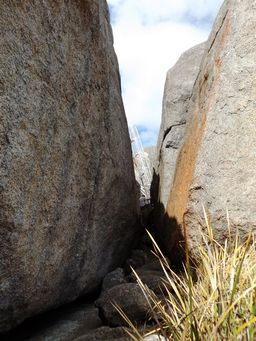
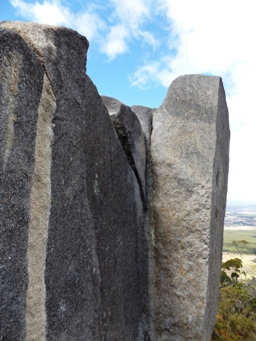
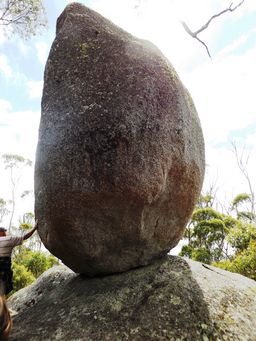
Along the trail, Balancing Rock is yet another example of granite rocks eroding to leave a tall rock seeming to defy gravity and defying
the elements. This one appears to be sliding down the sloping rock under it.
We have seen the huge balancing rock at Girraween National Park in New South Wales.
There are many rocks balancing at the Devil’s Marbles in the Northern Territory.
A
smaller rock is perched on a slope on Beringbooding Rock in Western Australia.